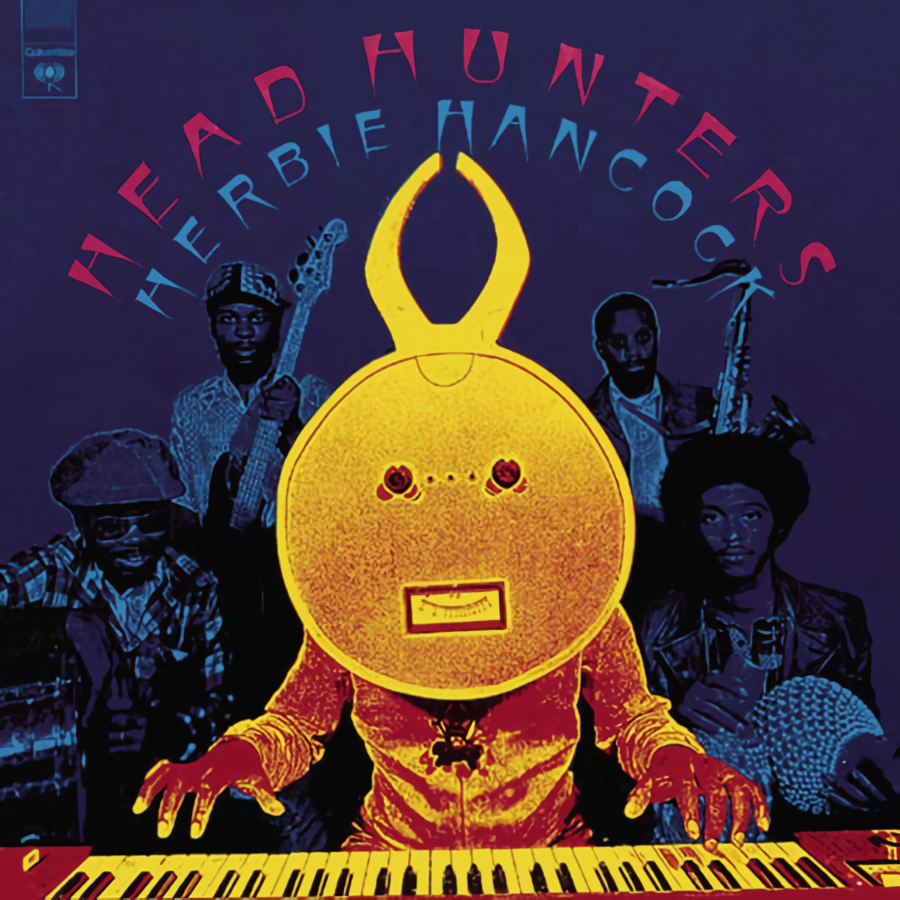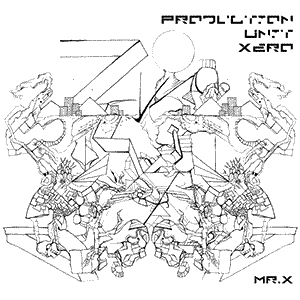Head Hunters – Herbie Hancock (1973) – Review

Released in 1973, “Head Hunters” serves as a testament to Herbie Hancock’s ingenuity and his uncanny ability to evolve with, and often ahead of, the musical landscape. Venturing away from his previous acoustic leanings, Hancock immerses himself into the electrifying world of jazz fusion with this project. The record is a rich tapestry of sound that fuses intricate jazz improvisations with the undeniable beats of funk, offering a sonic experience that was groundbreaking at its time and remains influential today.
One of the most compelling elements of “Head Hunters” is its deft synthesis of varied musical elements. “Chameleon,” the opening track, establishes this immediately with its iconic bassline, which provides a foundation for the complex interplay of synthesizers, clavinet, and saxophone. The track transforms over its 15-minute run time, taking the listener on a journey that feels fresh even after countless listens. Then there’s “Watermelon Man,” a reinvention of Hancock’s own 1962 composition. The track is reborn with a fresh arrangement that begins with African-inspired percussion before transitioning into a groove-laden funk masterpiece, showcasing Hancock’s talent for reinterpretation and innovation.
Yet, it’s not just the standout tracks that define this album. The entirety of “Head Hunters” pulses with a vibrancy and confidence that showcases each musician’s talent. “Sly” offers a slower, deliberate exploration of rhythm and melody, while “Vein Melter” closes the album with a hypnotic and atmospheric blend of soft percussions, saxophone whispers, and Hancock’s mesmerizing keyboard work. Every track serves as a piece of a larger puzzle, demonstrating a collective vision executed with precision. In reflecting on “Head Hunters,” one cannot help but admire its audacity and recognize its pivotal role in shaping the trajectory of jazz fusion.




